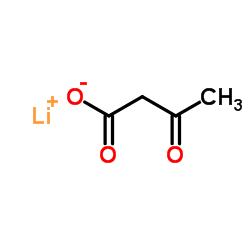| Structure | Name/CAS No. | Articles |
|---|---|---|
 |
3-hydroxybutyric acid
CAS:300-85-6 |
|
 |
Lithium 3-oxobutanoate
CAS:3483-11-2 |